Manchester
A great deal of work in the city centre has refelcted the pace of development and the impact on archaeological remains from basement car parking and other ground works.
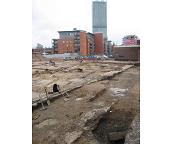
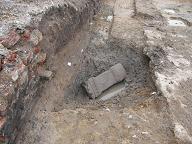
A spectacular find came from excavation ahead of development at Chester Road in Castlefield, on a site which was thought to be just outside the known Roman settlement.
Excavation uncovered a remarkably well preserved gritstone altar was found in a rubbish pit which also contained a fine Samian bowl depicting a hunting scene.
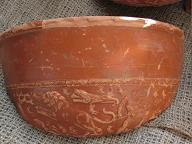
The altar was dedicated to the mother goddesses Ollototis and Henaneftis by Aelius Victor. He is only the second named Roman from Manchester, the last one coming to light nearly 400 years ago! It has been deposited with Manchester Museum and it is hoped will form part of a new display on Roman Manchester.
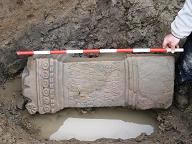
Excavations also revealed evidence of a ditched enclosure, pits and agricultural ditches – all from the late first and second century AD, adding considerably to our knowledge of the extent and character of the Roman settlement.
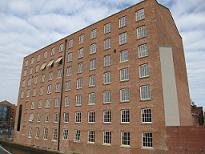
The remains of an industrial period wagon boiler and the 1760’s Giant’s Basin have also been excavated in Castlefield whilst the Grade 2 listed Brownsfield Mill in Ancoats was surveyed ahead of refurbishment.
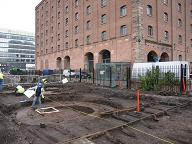
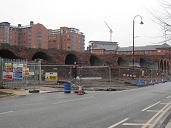
Late 18th century canal side warehousing and a later well preserved railway turntable of c 1860 have been recorded at Ducie Street behind Piccadilly Station during ground works for a 62 storey tower.
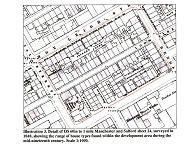
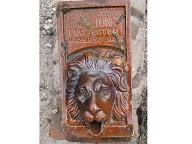
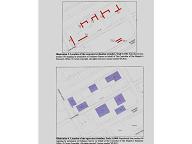
GMAU have continued to ask for excavations of remains of workers’ housing and significant remains of a variety of early house types have been recorded at Loom Street in Ancoats.
This has been complimented by excavations at the Pump House Museum extension site and George Leigh Street, Ancoats and there have also been a large number of archaeological desk based assessments to inform development proposals, some of these for very large regeneration areas. The indications are that there is a lot of significant archaeology due to be investigated in the city centre in the near future.
Archive of previous Development Control Projects in Manchester
